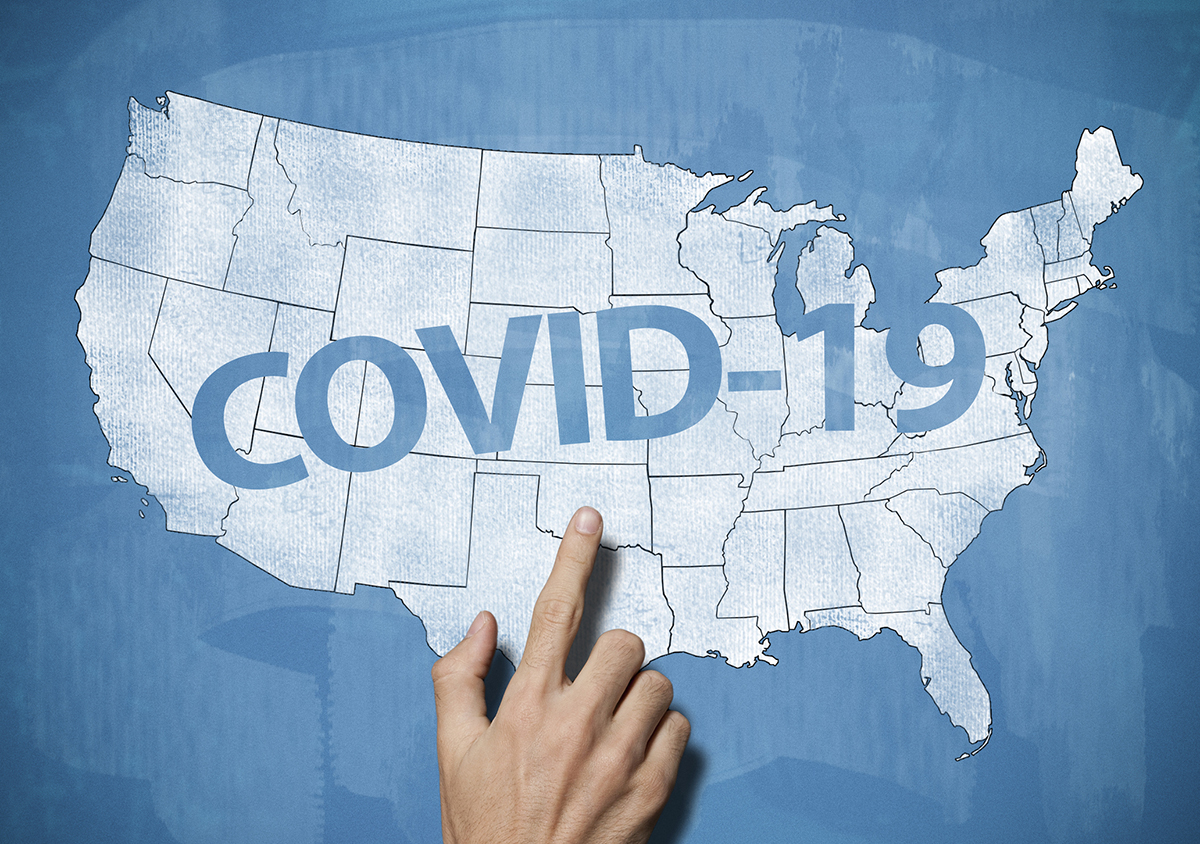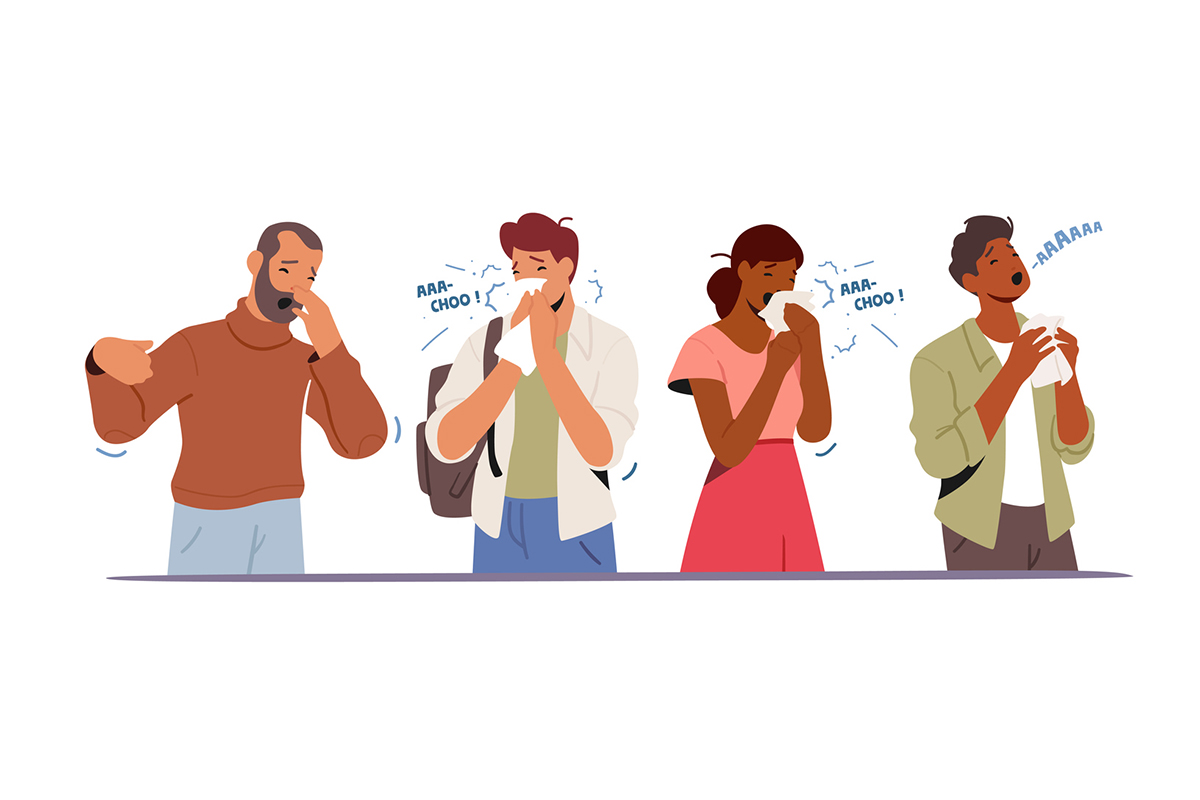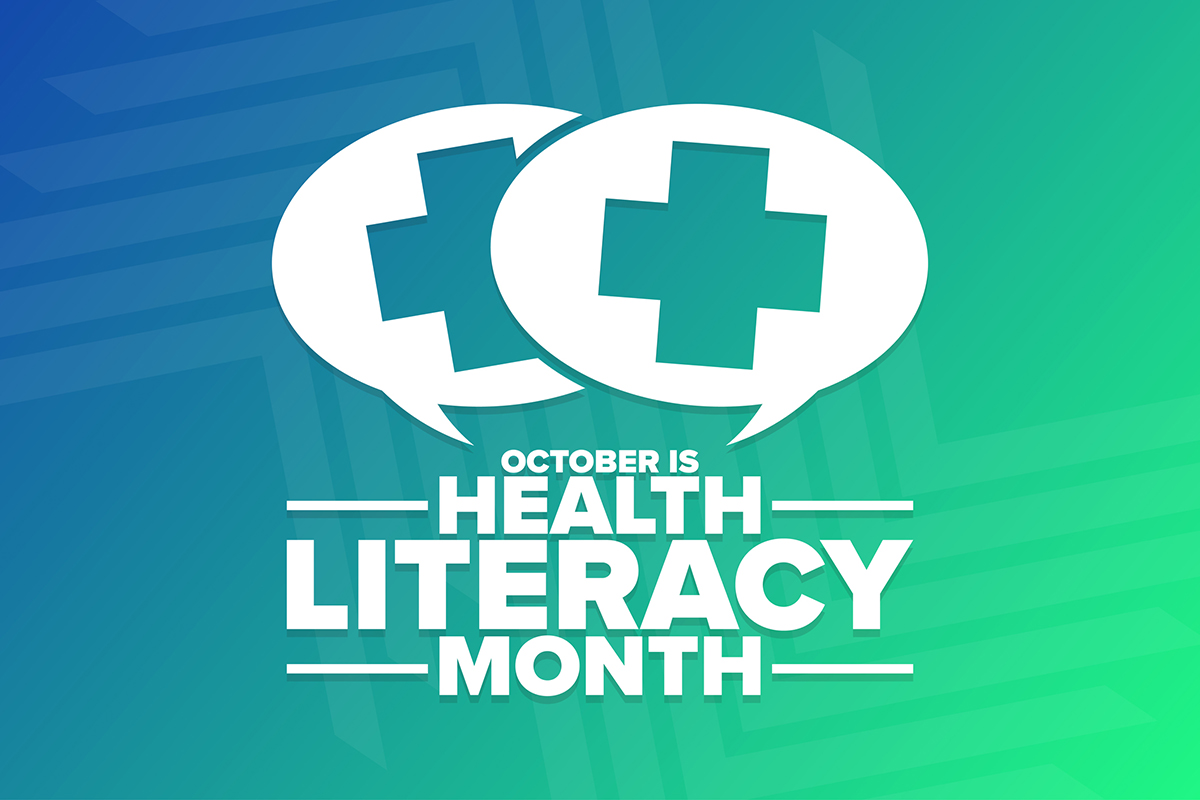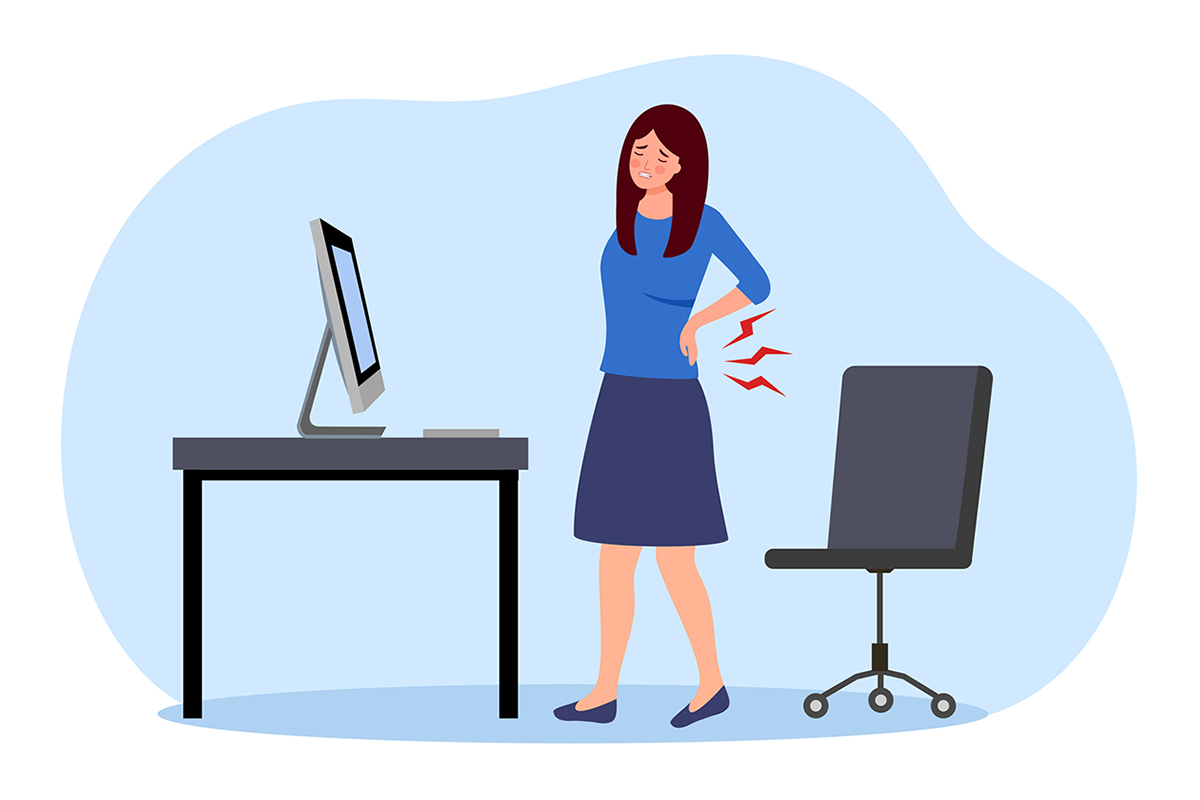When news of a novel respiratory virus broke in March, who could have predicted that the U.S. would eventually lead the world in deaths? It was anticipated that China, with its packed cities and 1.4 billion inhabitants, would experience the brunt of its homegrown pandemic.
Or alternatively, the inhabitants of the lesser-developed world—in countries like India, Brazil, Nigeria, and Indonesia—appeared ripe for a deadly toll.
While much of the world has been hard hit, some countries seem to be managing their infection rate better than others. While other nations may be catching up, or minimizing statistics, the U.S. still leads the world with over four million total cases and 147,000 deaths.
What happened? Why have we been uniquely vulnerable?
Part of the cause may be the fact that we were blindsided – while all eyes were on China and the US West Coast, the virus was quickly making its way to the Eastern US from Europe. Some would blame our uneven response to the virus. At first, we downplayed the danger, then we responded with harsh restrictions, which were applied unevenly and controversially. We’re a messy democracy, and sometimes Americans resist government diktats.
“For every action, there’s an equal and opposite reaction.” This axiom, learned by all of us in high school science class, describes why the populace has balked at COVID-19 lockdown strictures. While New York, New Orleans, Washington state, and other hotspots got slammed by coronavirus hospitalizations and deaths this spring, most of the rest of the country was subjected to draconian stay-at-home orders as a preventative measure. Hardly a case was recorded in “flyover country”, undermining citizens’ faith in the wisdom of the universal quarantine.
You can only keep people sequestered for so long. It’s human nature to seek social contact and resume normal activities of daily living. This applies especially to younger Americans, who appear to be the vanguard of the current “second wave”—after months of staying isolated, compounded by school closings, they were champing at the bit to go to parties, bars, and beaches, especially when warmer weather set in.
Inconsistent messaging about the viral threat undermined confidence in government strictures. For many, masking and social distancing became synonymous with authoritarian overreach by mistrusted politicians. After months of submission to stay-at-home orders, people in relatively lightly affected areas were ready for a jailbreak—which was, in restrospect, premature.
And, unfortunately, parts of the country that had initially eluded the pandemic became virgin territory for the novel virus.
But no country’s response to the virus has been perfect—its unpredictability has stymied even the most disciplined public health responses.
So, are there reasons Americans are uniquely vulnerable?
A coalition of health organizations called the Federal Nutrition Advisory Group thinks so. They’ve issued a white paper which calls into question Americans’ fitness:
“More Americans are sick than are healthy, largely from rising diet-related illnesses. These conditions create tremendous strains on productivity, health care costs, health disparities, government budgets, US economic competitiveness, and military readiness. The coronavirus disease 2019 (COVID-19) outbreak has further laid bare these strains, including food insecurity, major diet-related comorbidities for poor outcomes from COVID-19 such as diabetes, hypertension, and obesity, and insufficient surveillance on and coordination of our food system.”
The coalition believes this represents a threat to our national security, pointing out that seventy-one percent of people between the ages of 17 and 24 do not qualify for military service, with obesity being the leading medical disqualifier.
We lead the world in overweight, a key co-morbidity for COVID-19. And according to an NHANES study, even if American adults aren’t suffering from overt diabetes, a mere 12% of us meet stringent requirements for metabolic fitness.
Numerous studies are confirming that even borderline elevations in hemoglobin A1C—a hallmark of “prediabetes”—are predictive of more serious disease and death in persons who contract coronavirus. It’s estimated that 5-10 times more Americans exhibit these often-undetected changes than have been formally diagnosed with Type 2 diabetes.
Recent studies highlight the role of the microbiome in mediating severity of COVID-19. It’s now acknowledged that taking powerful acid-blockers increases risk. These proton-pump inhibitors (PPIs) are frequently taken by older Americans. Upwards of 30 million Americans rely on them to quell heartburn symptoms—usually amenable to more natural solutions. By reducing stomach acidity, PPIs alter the balance of micro-organisms in the digestive tract, impairing natural resistance.
As if to prove the point, a fascinating study recently sought to correlate COVID-19 deaths in different countries and regions with the frequency of ingestion of fermented vegetables like kimchi and unpasteurized sauerkraut. The researchers say that “significant changes in the microbiome caused by modern life and less fermented food consumption may have increased the spread or severity of the disease.”
Americans’ microbiomes are further undermined by such modern innovations as antibiotics, ultra-processed foods, lack of breast feeding and fluoridation.
Exercise is an acknowledged factor in boosting resilience to COVID-19. Nearly 30% of American adults report no physical exercise in addition to their normal activity associated with work. With automation displacing physical labor, and screen activities taking up ever-greater tranches of our time, Americans are increasingly sedentary relative to other countries’ populace.
There’s the issue of chemical exposure, US citizens having among the world’s highest body burdens of pesticides, herbicides, industrial toxins and questionable food additives. These may have unforeseen immunosuppressive effects.
And since seniors are especially vulnerable to COVID-19 and have accounted for the lion’s share of mortality in the US, we must consider the way our society warehouses them in unsafe settings. Whereas in other parts of the world seniors remain in multigenerational households and lead meaningful lives as respected elder members of the community, here many are sequestered in nursing homes, which are virtual Petri dishes for infectious disease propagation. Many are frail, poorly nourished and metabolically unfit—easy targets for opportunistic viruses.
And yes, there’s poverty here and inequitable access to medical care, but that doesn’t explain why some Third World countries are doing better than we are. Per capita, we spend more on health care than any other country in the world, but it hasn’t yielded decisive dividends when it comes to COVID-19.
Hi-tech medicine may yet rescue us with a vaccine or better treatments, but COVID-19 is a call-to-action to identify our vulnerabilities and to enhance our resilience.







